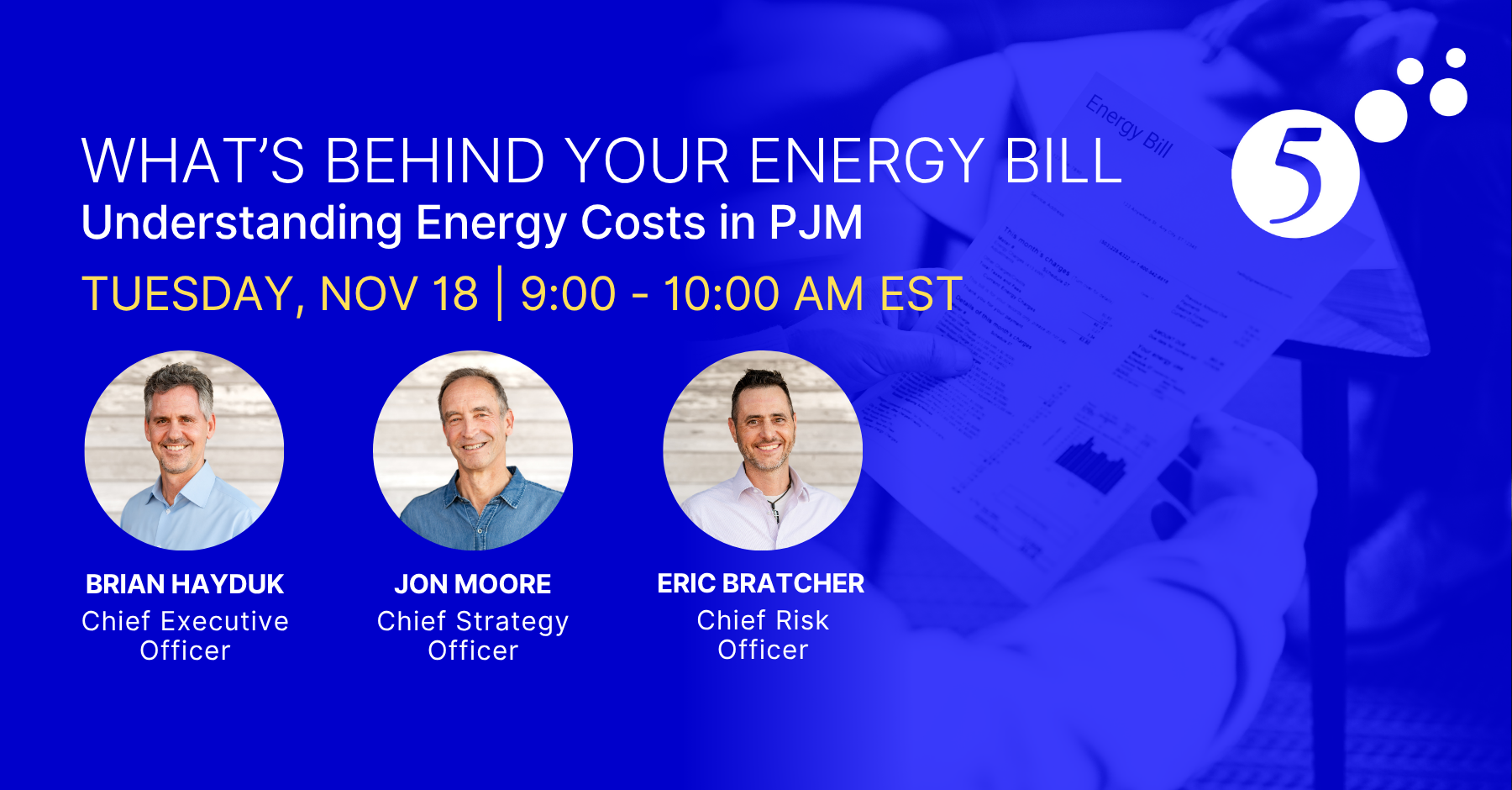Managing transmission costs in the ERCOT market by curtailing facility load during one of the four summer peak demand intervals (June through September) used to be relatively straightforward. Operators would monitor ERCOT’s 7-day load forecasts, compare them to the previous day’s actuals, and make reasonably accurate calls.
That’s no longer the case.
Two major changes have made this process more difficult in recent years. First, the volume of load curtailment has grown dramatically. Most 4CP service providers now issue curtailment orders at the same time, creating widespread drops in demand. A key contributor is the rapid rise of crypto-mining operations in Texas. These facilities are highly responsive to 4CP price signals and quickly shed load. Their collective action alone can shift the load curve enough to push actual demand below forecasted peaks, making curtailment calls feel like a game of Whack-a-Mole.
Second, ERCOT’s load forecasting team has started to incorporate curtailments in their models. While this improves forecast realism, it also introduces a feedback loop: the more curtailments are anticipated, the more they’re factored into the forecast. That, in turn, affects curtailment behavior and ultimately reduces forecast accuracy. While this dynamic is not entirely new, the scale and impact of these behaviors have grown significantly. What was once a relatively easy strategy has become increasingly complex and uncertain.
A clear example of this occurred on Sunday, June 30, 2024, as shown in Figure 1. That evening, ERCOT’s forecast (the blue line in Figure 1) showed loads below the established peak levels. However, actual temperatures were slightly higher than expected, and typical Sunday evening residential behaviors (cooking, laundry, and running air conditioning units) drove demand higher. Compounding this, few service providers anticipated a 4CP event on a Sunday, since all prior 4CP events had occurred on weekdays, so there was minimal curtailment. As a result, the June 4CP interval in 2024 happened at 5:45 PM on Sunday.
Unlike the other three 4CP days (shown in Figure 1), which show a flattened curve due to curtailment, the June 2024 event retained a more natural bell-shaped curve, illustrating what peak demand looks like without widespread curtailment.
 Figure 1: Summer of 2024 4CP Days & Intervals, from 5
Figure 1: Summer of 2024 4CP Days & Intervals, from 5
The flattened, plateau-like shape in the July, August, and September daily load curves shown in Figure 1 was primarily due to widespread load curtailment between 3:00 and 6:00 PM, which was also affecting the 6:00 to 7:00 PM hour. On the July peak day, for example, the 6:30 PM interval reached 99.88% of the load recorded at 5:00 PM, which was the interval that ultimately set that month’s 4CP. In other words, just 100 MW separated the two intervals, highlighting how the curtailment window is beginning to stretch later into the evening.
A second major factor adding variability to 4CP forecasting is the greater influence of Wholesale Battery Storage charging and DC tie exports from ERCOT. Historically, these activities were minimal during probable 4CP intervals because of high prices and basic economics. That is now changing. With significant growth in solar generation, Real-Time prices are being suppressed deeper into the afternoon, making it economically viable to charge batteries or export power even during traditional peak hours. Both activities are counted as load in ERCOT’s 4CP calculations, which further complicates forecasting efforts.
This means forecasters now face a dual challenge: not only do they have to anticipate curtailment behaviors, but they also must predict solar and wind generation patterns as their output will affect battery charging and DC tie export quantities. Additionally, they need to assess whether battery charging or ERCOT exports are likely to add unexpected load during key intervals. With over 12,500 MW of battery capacity now in the system, even limited charging between 4:00 and 5:00 PM can push an otherwise non-peak day into 4CP territory or prevent it from becoming one.
Looking ahead, Texas Senate Bill 6 could introduce significant change. A provision in the bill requires the Texas Public Utility Commission to review the fairness of the current 4CP transmission cost allocation process. The intent is to ensure that all customers, especially large industrial loads that disproportionately influence transmission infrastructure needs, are paying their fair share. If signed into law, this study must be completed by December 2026.
If you are growing weary of responding to multiple curtailment calls each month to manage 4CP exposure, relief might be on the horizon. Just do not expect the solution from Austin to be exactly what you would prefer. Stay tuned for further developments on Senate Bill 6 and its potential impact on customers managing their transmission costs through 4CP strategies.


-1.png)